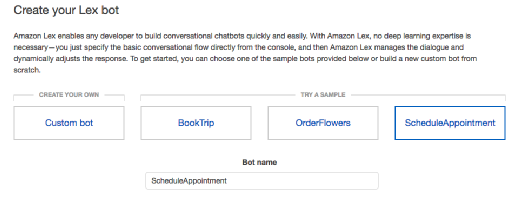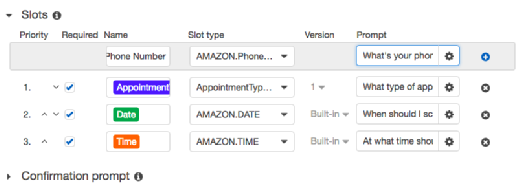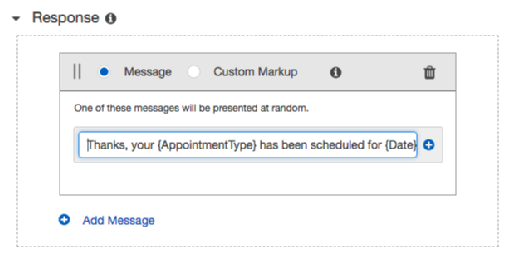AWS low-code strategy hones in on back-end services
AWS has yet to unveil a native and general-purpose low-code platform, but some of its services, such as Lex and Sumerian, seem to endorse that model.
The evolution of high-level programming languages and open source projects over the last two decades enabled the growth of low-code and no-code platforms, which make it easier to rapidly prototype applications. And, as these platforms proliferate, they have gained popularity among IT teams that want to quickly produce scalable, high-quality code.
No-code and low-code platforms help nondevelopers build application logic and quickly get their ideas into production without the need for a large team of developers; though, these platforms still require some development effort.
AWS' low-code support extends to several third-party platforms, but the cloud provider doesn't offer a native service. However, certain AWS offerings, such as Amazon Lex for conversational interfaces and Amazon Sumerian for augmented or virtual reality apps, support a low-code model.
Amazon Lex
While AWS designed Lex for developers, the service includes some configuration options that an IT professional with little to no code experience can execute. For example, AWS makes it simple to create a Lex bot with several sample templates, including a ScheduleAppointment option.

This sample bot automatically creates an intent called Make Appointment, which is preconfigured with a few default parameters for the end user -- such as a patient trying to make a doctor's appointment -- to provide. These parameters might include the appointment type, date and time. You can configure this bot with custom responses if the patient doesn't provide any of the parameters, or you can customize additional parameters, such as a phone number. You can configure this whole interaction from AWS Management Console.

After you configure the bot, you can connect to Lex and have it run a Lambda function to schedule an actual appointment or send a notification email to the patient.

This configurable bot doesn't require any code to generate a response to a patient.

This type of AWS low-code environment enables nondevelopers to completely customize the end-user experience, while developers still control the actual response to the user. This also makes it easier to prototype a system before developers put it into production.
Amazon Sumerian
AWS' low-code strategy also includes Sumerian, a service that helps organizations create augmented reality, virtual reality and 3D applications. IT professionals with a graphic design background will find that Sumerian is similar to Adobe Photoshop. You don't need coding experience to build applications with Sumerian, which provides prebuilt images and models, and also allows for customized graphics.
While you won't need a back-end developer with Sumerian, you'll likely still require an engineer to help create a production-ready product. A nonengineer could tinker around with some elements of the application, but an engineer typically needs to polish it off.
No back-end code
Perhaps the best way to think about AWS' low-code strategy today is that most of it, at least for now, applies to the back end of its services and tools. Generally, applications require two types of developers: those that build the back end to keep an app running and perform business logic and those that build the front-end interface and the graphical connections.
While AWS doesn't yet provide all elements of back-end systems, there are non-native options that offer plug-in back ends that work for most applications. For example, development teams that use GraphQL can work with AWS AppSync. Mobile analytics and IoT frameworks can also support some common applications without the need to write or run your own back end. While not fully no-code, these tools can help reduce how much back-end code a developer needs to write.








